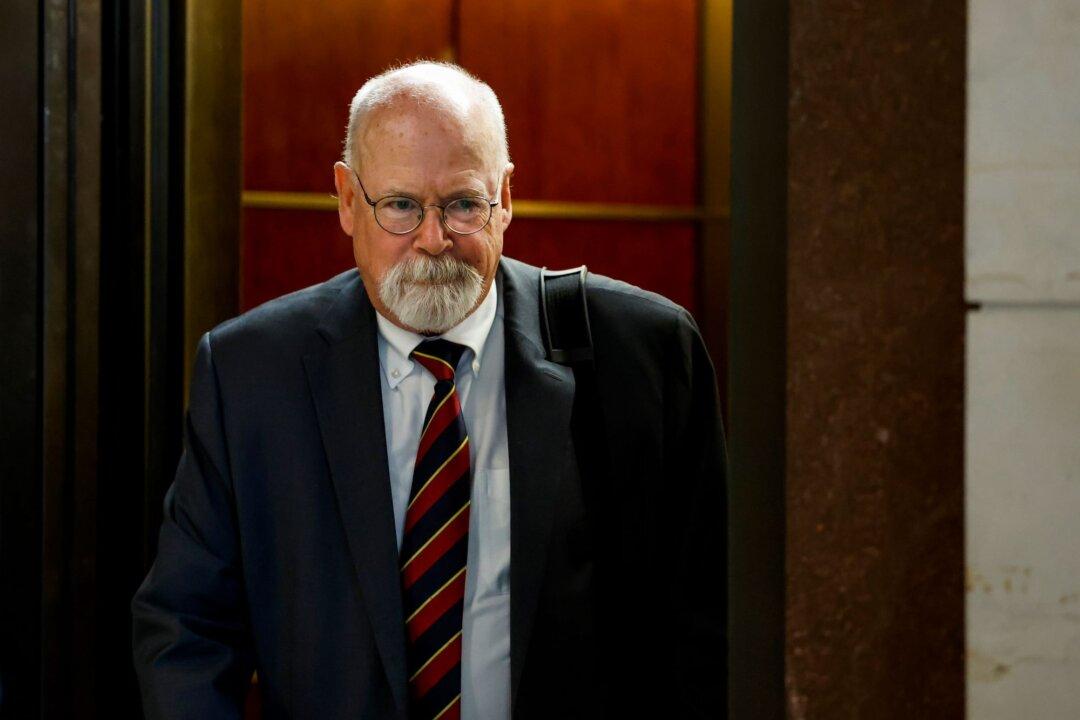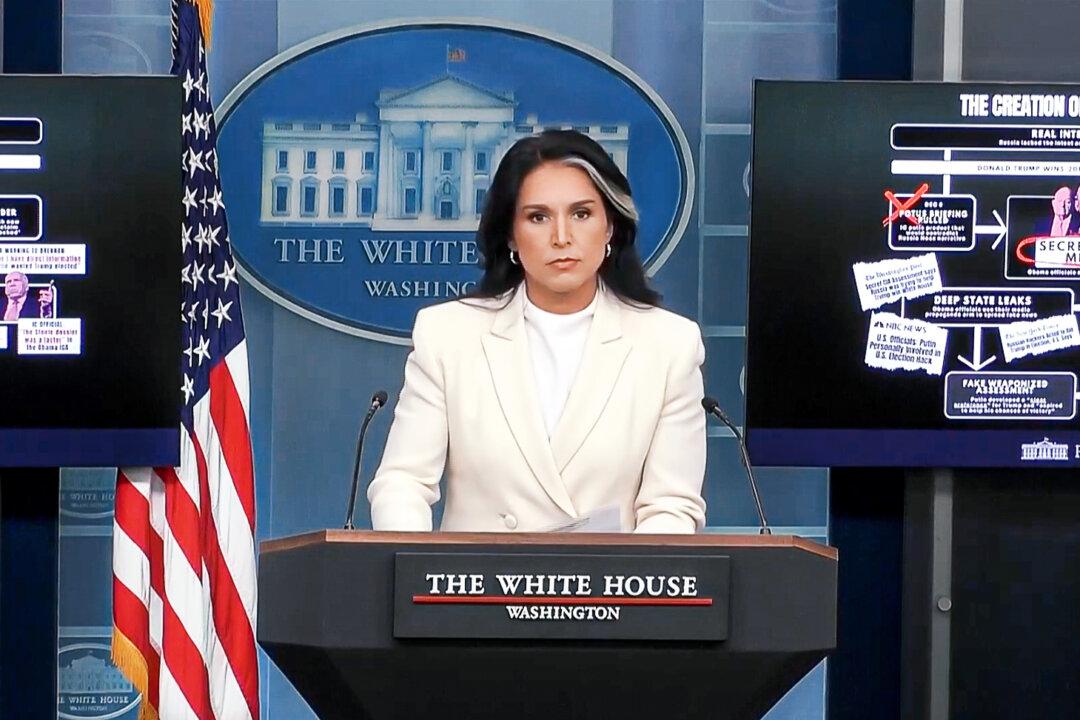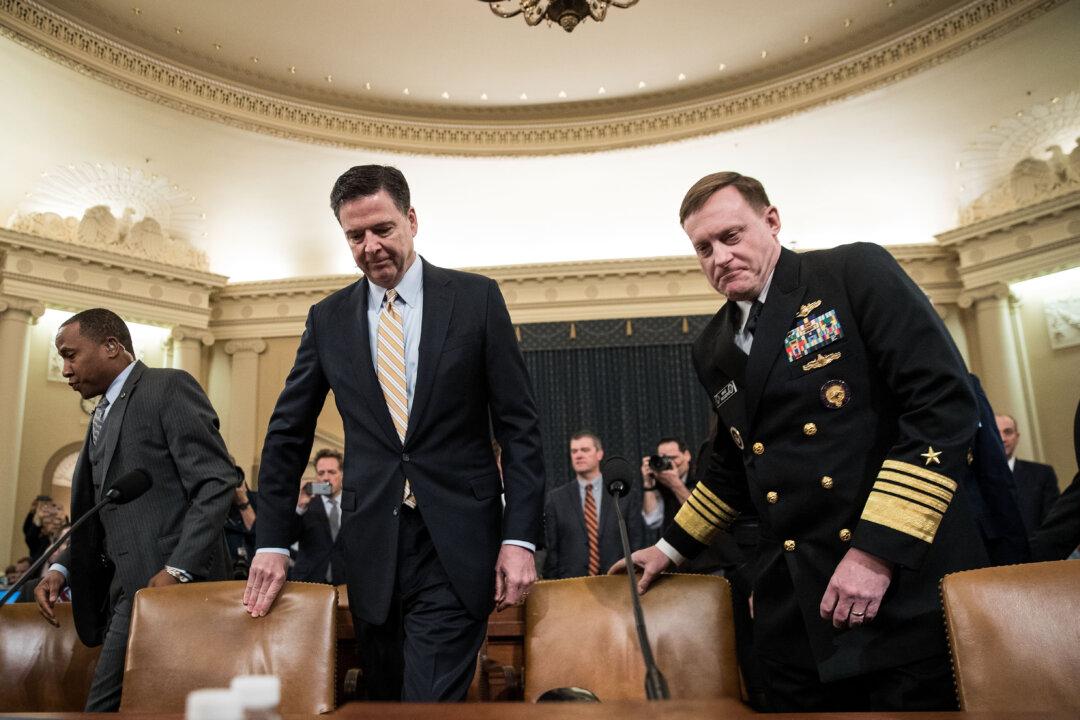The woman who accused Supreme Court nominee Brett Kavanaugh of sexual misconduct admitted to several inconsistencies in her accounts and had trouble remembering key recent events during her testimony before the Senate Judiciary Committee on Sept. 27.
In the opening five minutes of questioning by Rachel Mitchell, a former prosecutor retained by the Republicans on the committee, Dr. Christine Blasey Ford admitted to four inconsistencies in her accounts. Ford detailed several versions of her account—in text messages to The Washington Post, a letter to Sen. Dianne Feinstein (D-Calif.), a statement for her polygraph test, and a subsequent full account to the Post.




